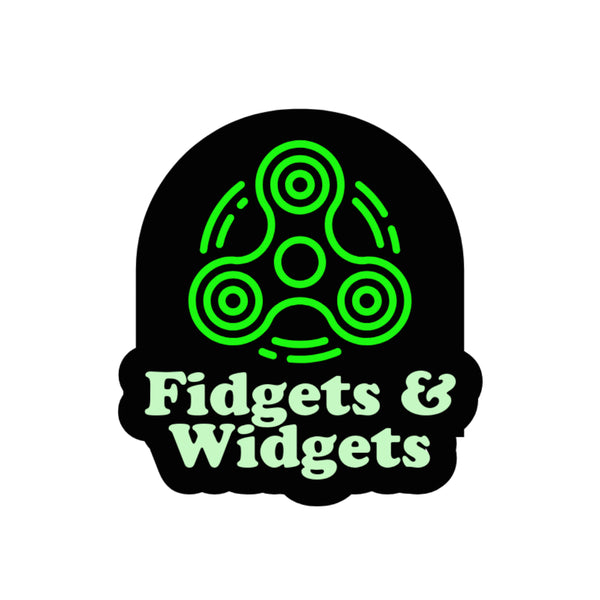
Cognitive Focus Devices and Cognitive Load - Why Fidgeting Can Help You Think
Share
At Fidgets & Widgets, we believe that everyone deserves the tools they need to thrive in learning environments. While our work often centres around helping neurodivergent students access learning, there is growing scientific evidence that Cognitive Focus Devices (CFDs) can support cognitive load management for all students, especially in academic settings where mental demands are high.
What Is Cognitive Load?
Cognitive load refers to the amount of mental effort being used in working memory. When we are learning something new, solving a problem, or focusing for long periods, our mental resources can become overwhelmed. This often leads to fatigue, frustration, or loss of focus.
Educational psychologist John Sweller’s Cognitive Load Theory (CLT) breaks this down into three categories:
-
Intrinsic load – the natural difficulty of the task
-
Extraneous load – how information is presented
-
Germane load – the effort we use to build lasting understanding
Reducing extraneous load while supporting germane load is key to learning efficiently. This is where Cognitive Focus Devices come in.
Fidgeting as a Tool, Not a Distraction
Studies have shown that fidgeting can support concentration and working memory, especially during tasks that are repetitive or require sustained attention. For example, research by Sarver et al. (2015) found that children with ADHD performed better on cognitive tasks when they were allowed to move or fidget. While this research focused on ADHD, the broader implication is that movement can aid mental processing in many people.
Other studies, such as those by Carriere et al. (2013), have shown that mind-wandering decreases when people are engaged in light, purposeful movement. Fidgeting may provide just enough sensory input to prevent the brain from drifting while keeping focus on the task at hand.
How CFDs Help Manage Cognitive Load
CFDs help manage cognitive load by offering non-intrusive, silent physical stimulation. This stimulation can do three things:
-
Anchor attention – Tactile feedback provides a small, continuous input that helps reduce mental wandering.
-
Regulate arousal levels – CFDs can help modulate alertness, particularly useful in exam conditions or long lectures.
-
Reduce anxiety – The rhythmic or repetitive nature of fidgeting can calm the nervous system, which indirectly improves focus and retention.
By helping regulate sensory input, CFDs can reduce extraneous cognitive load, making it easier for students to process new information and stay engaged.
Academic Applications
In educational settings, CFDs can be useful during:
-
Exams, where anxiety and long periods of concentration are common
-
Lectures, especially when listening without interaction
-
Reading and writing tasks, which can strain working memory
-
Group learning situations, where distractions are common
By supporting the learner’s ability to stay focused and regulate their attention, CFDs can improve both academic performance and well-being.
Final Thoughts
Fidgeting is not a sign of distraction. In many cases, it is a tool for staying engaged. At Fidgets & Widgets, we are working to change how schools and universities view these behaviours. With the right tools and understanding, fidgeting can be transformed from a disruption into a powerful support strategy.
We believe that Cognitive Focus Devices should be seen not as crutches, but as cognitive companions. The science is catching up to what many of us already know , when your hands are busy, your brain is free to think.
